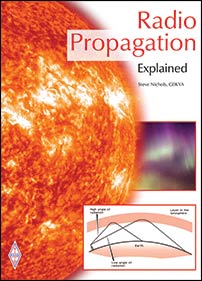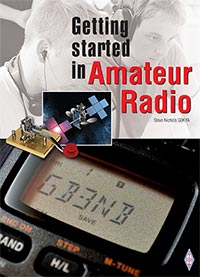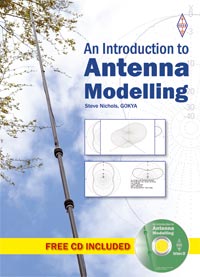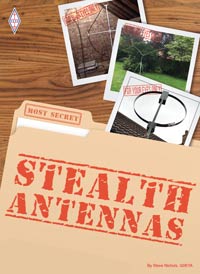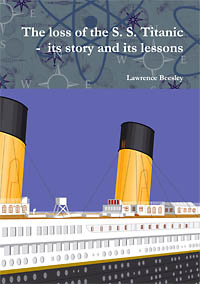 Note: You can find Steve's HF short-path propagation prediction charts from the UK at:
Note: You can find Steve's HF short-path propagation prediction charts from the UK at: http://www.infotechcomms.net/propcharts/
Solar conditions still continue to be fairly poor. As I write this on 3 September there are sunspots, but the flux is stubbornly in the mid to high 70s. There have been auroral conditions over the past few days and we can expect to see more unsettled conditions as the cycle progresses.
Having said that, conditions are improving due to seasonal variations. We are heading away from the summer solstice and towards the equinox. The ionosphere is cooling down and its chemistry is changing. Traditionally late September and October are good times and we can expect to see increasing DX being worked.
In some respects this has already started to appear. There have been some good 20m openings from the UK to the West Coast of the USA and Alaska, plus openings to the Far East.
Given the lowish solar flux I think we will continue to see 20m (14MHz) and 17m (18MHz) as the “money bands”, but don't write off 15m (21MHz) which will open to DX, but perhaps not as often as the lower bands.
Late September will be the acid test – and with flux levels in the 70s we are unlikely to see many (any?) trans-Atlantic openings on 10m. Sorry - I would love to be proved wrong!
Now let's look at each band and what you can expect.
The equinox periods provide longer daytime periods than winter, but logically, shorter night-time periods too. These tend to be the best months for working North-South paths, such as UK to South Africa and South America.
On 160m (1.8MHz or Top Band), look for short-skip and DX openings at night. Again, no daylight skip is possible due to absorption, but openings out to 1,300 miles and occasionally further afield can be expected at night with conditions peaking around midnight and again at sunrise (greyline).
80m (3.5MHz) will generally follow the characteristics of Top Band at night, but will also provide good openings out to around 250 miles during the day. These will lengthen to around 500-2,300 miles at night with fairly good DX opportunities at times. At this point in the cycle 80m should still provide good DX around midnight as absorption is still quite low.
40m (7MHz) Forty metres should open to DX in an easterly direction at sunset. Openings to the west should be possible after midnight and should peak just before sunrise. Contacts should be possible during the day, although lower critical frequencies may mean that it is difficult to work other UK stations while perfectly possible to talk to European stations. If the flux rises then 40m may open up to NVIS contacts around the UK.
20m (14MHz) is likely to be the best DX band between sunrise and sunset. The bands may occasionally open after dark, perhaps to the southern hemisphere. Good openings will be possible during daylight hours out to around 2,300 miles.
17m/15m (18MHz/21MHz) should provide fairly good DX openings during daylight hours, especially to Africa and South America, with 17m being open more often than 15m. Once again, 15m may struggle to open during times of low solar flux, but could provide good openings if it rises above about 90-100. Both bands are likely to close after sunset, at least later in the month..
12m/10m (24MHz/28MHz) These could be disappointing bands if the solar flux remains low. If the solar flux heads towards the high 80s/90s then openings will occur on both bands, although 24MHz will open first. If it breaks the 100 mark then expect to see some good DX openings on 10m, especially in late autumn.
You can find HF short-path propagation prediction charts from the UK at:
http://www.infotechcomms.net/propcharts/
You can also listen to Steve G0KYA's HF propagation podcast on iTunes or at http://www.g0kya.blogspot.com/
Steve G0KYA
RSGB Propagation Studies Committee






